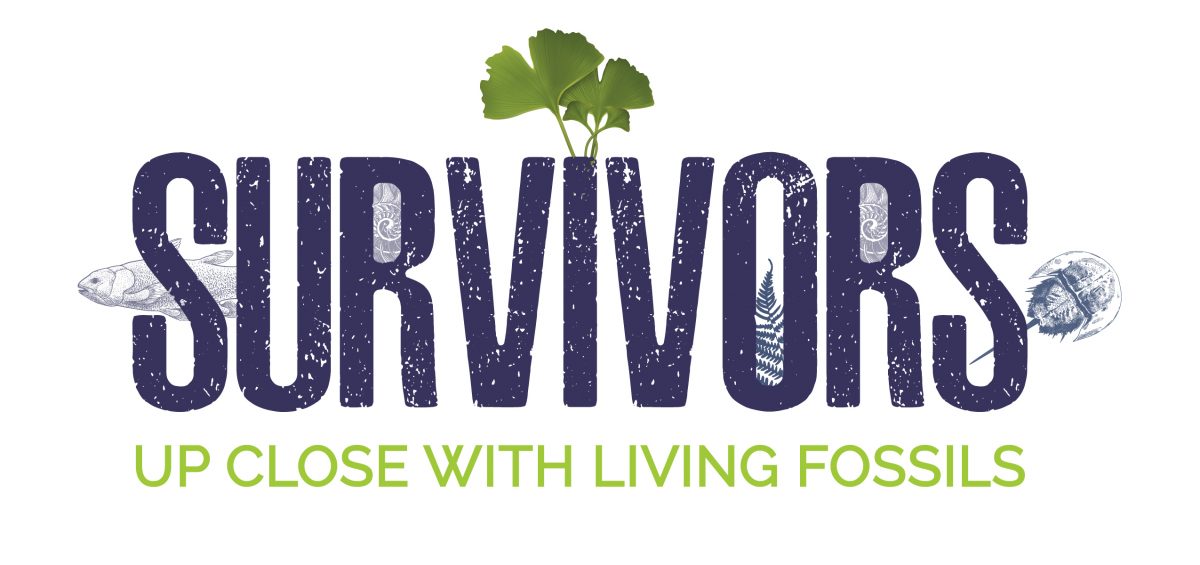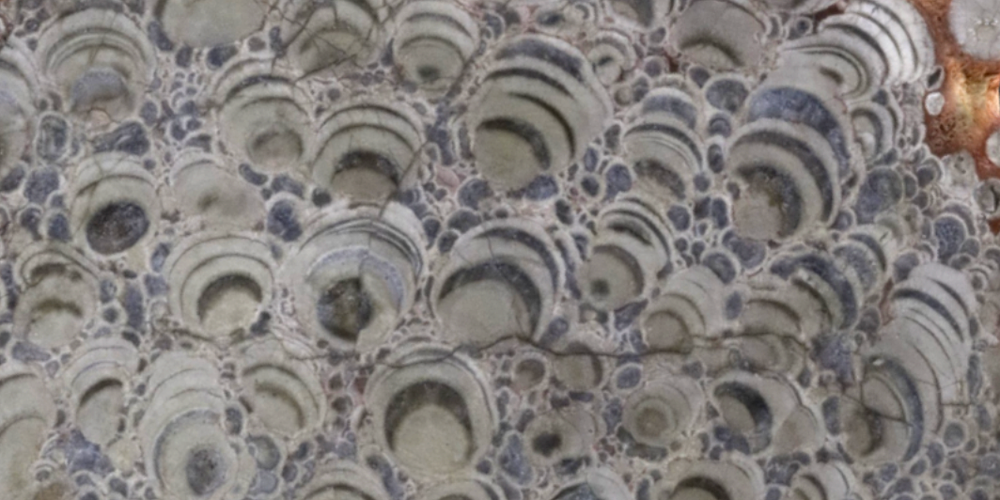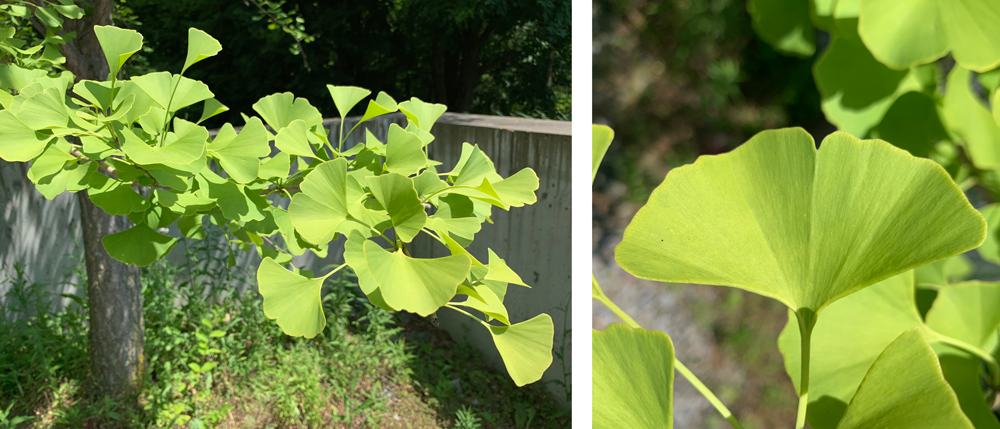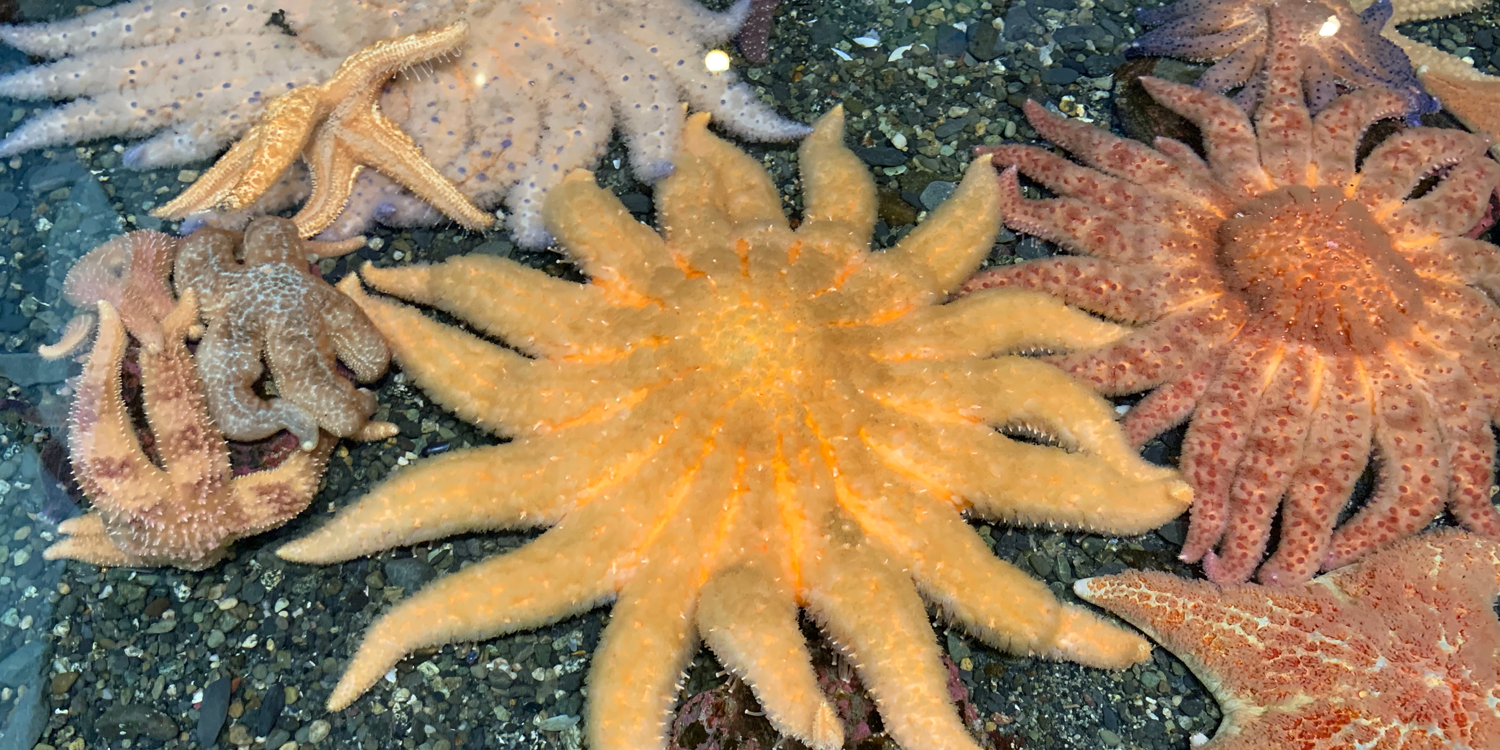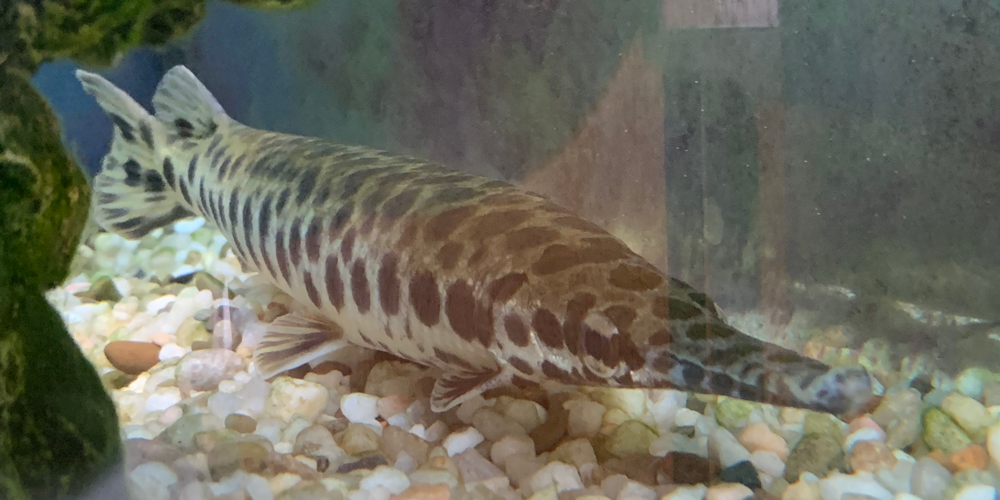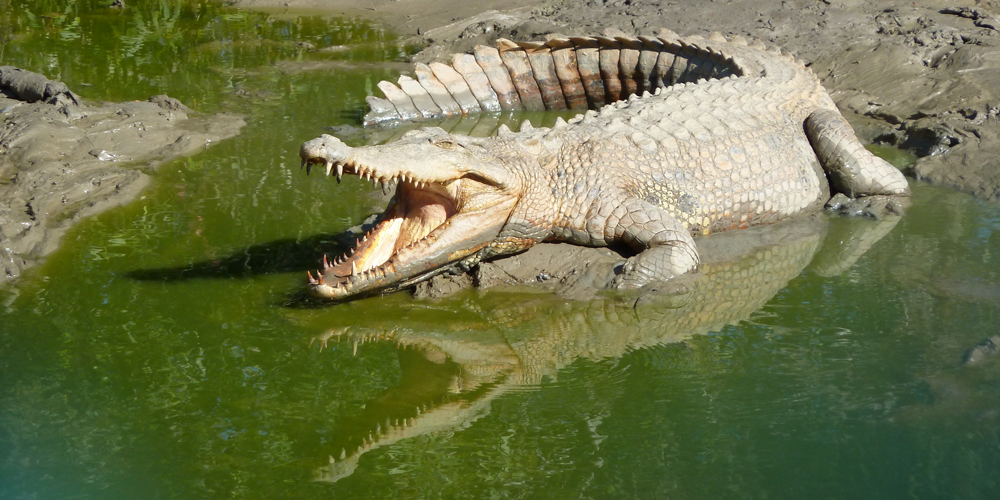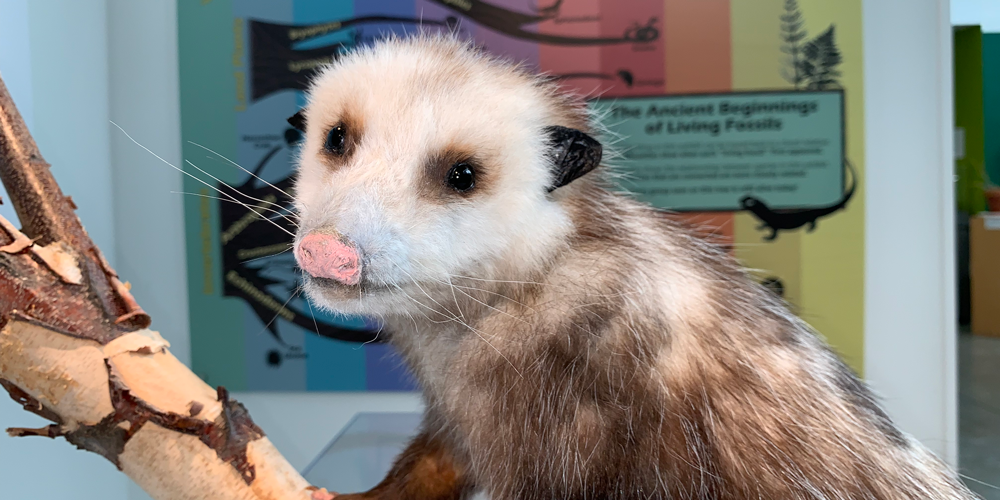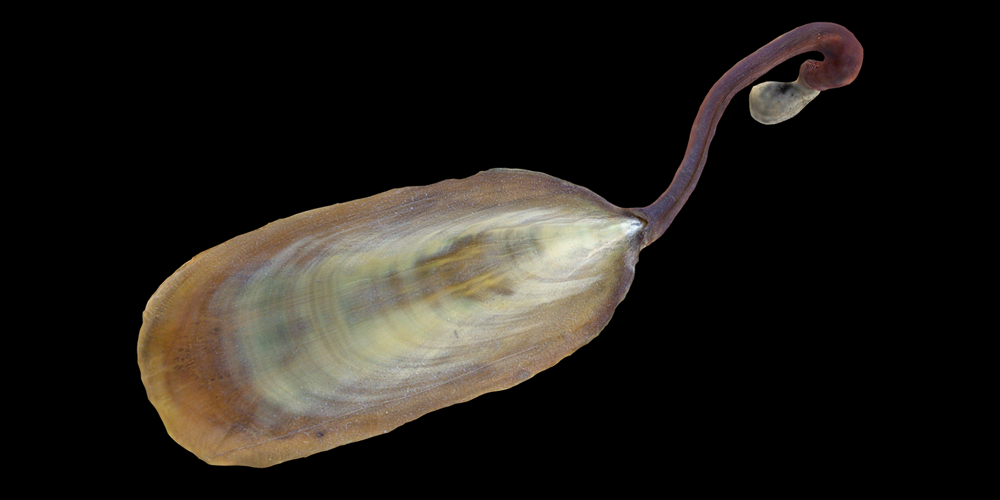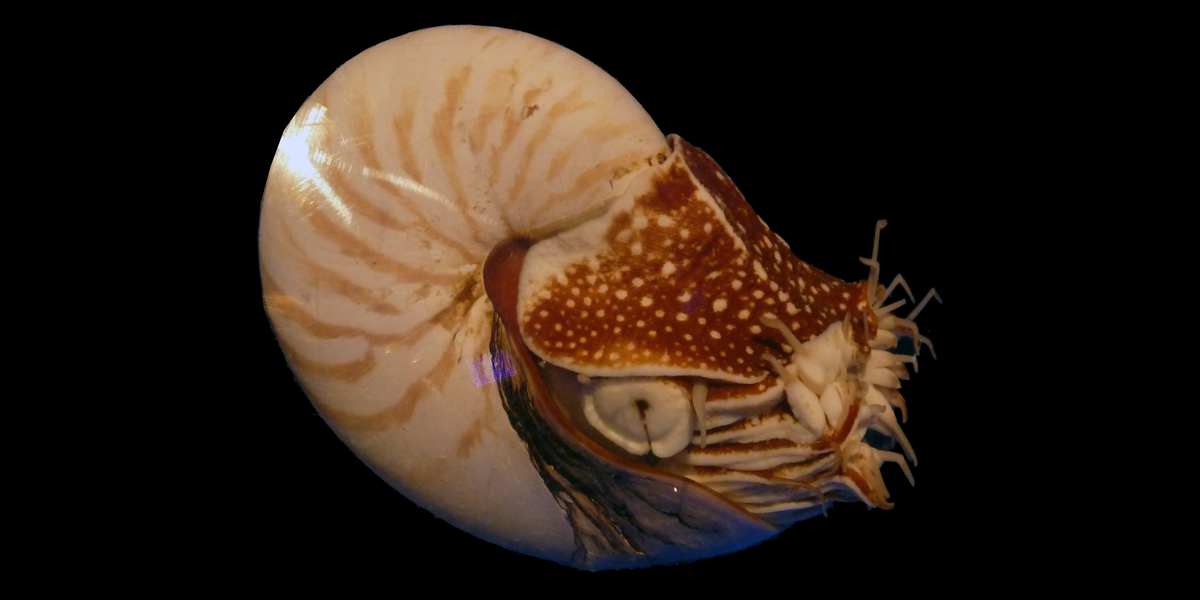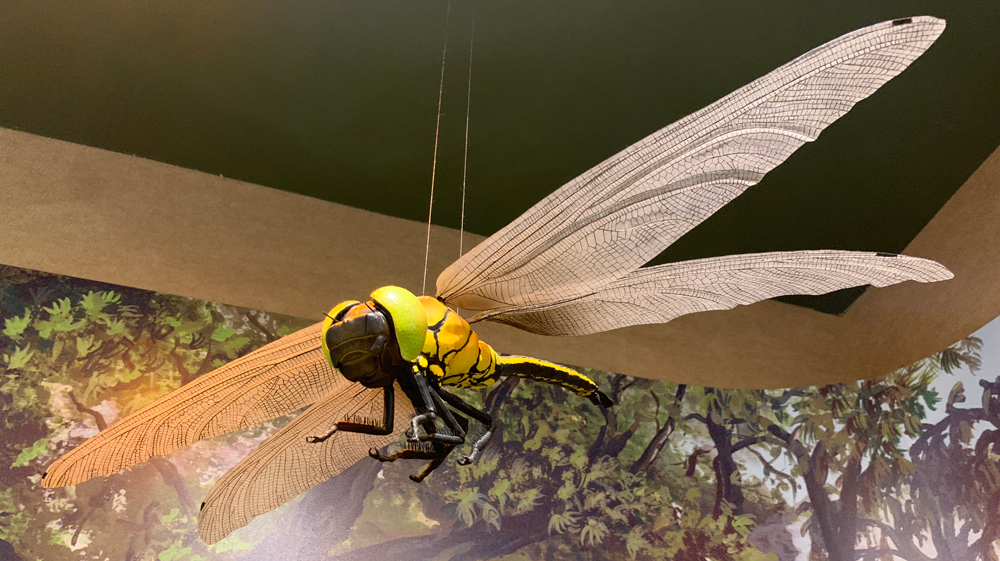Virtual Exhibit Overview and Credits
This Virtual Exhibit was developed from the temporary exhibit "Survivors: Up Close with Living Fossils" that was on display at the Paleontological Research Institution's Museum of the Earth in Ithaca, New York from February 8 to September 2, 2019. The physical exhibit was designed, developed, and constructed by Helaina Blume, Leon Apgar, Andrielle Swaby, and Warren Allmon. Leslie Skibinski, Vicky Wang, and Greg Dietl assisted with curation and display of exhibit specimens. The following individuals also provided contributions to the development of the exhibit and are thanked for their assistance: Loren Babcock (Ohio State University), Gregory Barord (Des Moines Public Schools), William Bemis (Cornell University), Todd Bittner (Cornell University), Fred Bonn (Finger Lakes State Parks), Jennifer Boyle (Charles River Laboratories), Susan Butts (Yale University), Phoebe Cohen (Williams College), Paul Cooper (Cornell University), William Crepet (Cornell University), Christopher Dunn (Cornell University), Alejandra Gandolfo (Cornell University), Lindsey Groves (Natural History Museum of Los Angeles County), JJ Harrison, Tom Hughes (Finger Lakes State Parks), Neil Landman (American Museum of Natural History), Flora Lichtman (Sweet Fern Productions), Scott Lidgard (Field Museum), Paul Mayer (Field Museum), Betty McGuire (Cornell University), Charles Meyer (Nova Southeastern University), David Meyer (University of Cincinnati), Sharon Shattuck (Sweet Fern Productions), Mark Teece (SUNY ESF), Norman Wainwright (Charles River Laboratories), and Zhe-Xi Luo (University of Chicago).
This Virtual Exhibit was designed and created by Jonathan Hendricks and Helaina Blume. Interactive 3D models of exhibit specimens were produced by Emily Hauf and Jaleigh Pier. Leslie Skibinski, Vicky Wang, Greg Dietl, and Helaina Blume are thanked for facilitating access to exhibit specimens for 3D scanning.
This exhibit was last curated on September 5, 2019.
Contents: Introduction (this page) | Microbialites | Plants | Echinoderms | Fishes | Reptiles | Opossum | Brachiopods | Mollusks | Horseshoe Crabs | Insects & Arachnids
Introduction
What is a living fossil?
Every living thing on Earth has been shaped by evolution—changing through time in a branching relationship of ancestors and descendants. But change can happen very slowly.
Some of today’s plants and animals look just like their ancestors or close relatives from many millions of years ago. When we find such a species, we often call it a “living fossil.”
All “living fossils” strongly resemble their fossil relatives, but other traits—similar strains of DNA, geographic range, and rarity—also tie modern surviving species to their ancient relatives. Thousands of modern species all share resemblances to their ancestors of millions of years past, but we don’t usually think of barnacles or cone snails as living fossils. Why?
There is no one right answer to the question of “what makes a living fossil.” The term can be defined in many ways, but at its heart rests a single common thread: everything we call a “living fossil” today looks unmistakably like a fossilized relative. As you explore the contents of this online exhibit, we invite you to consider how YOU define living fossils. What do you think?
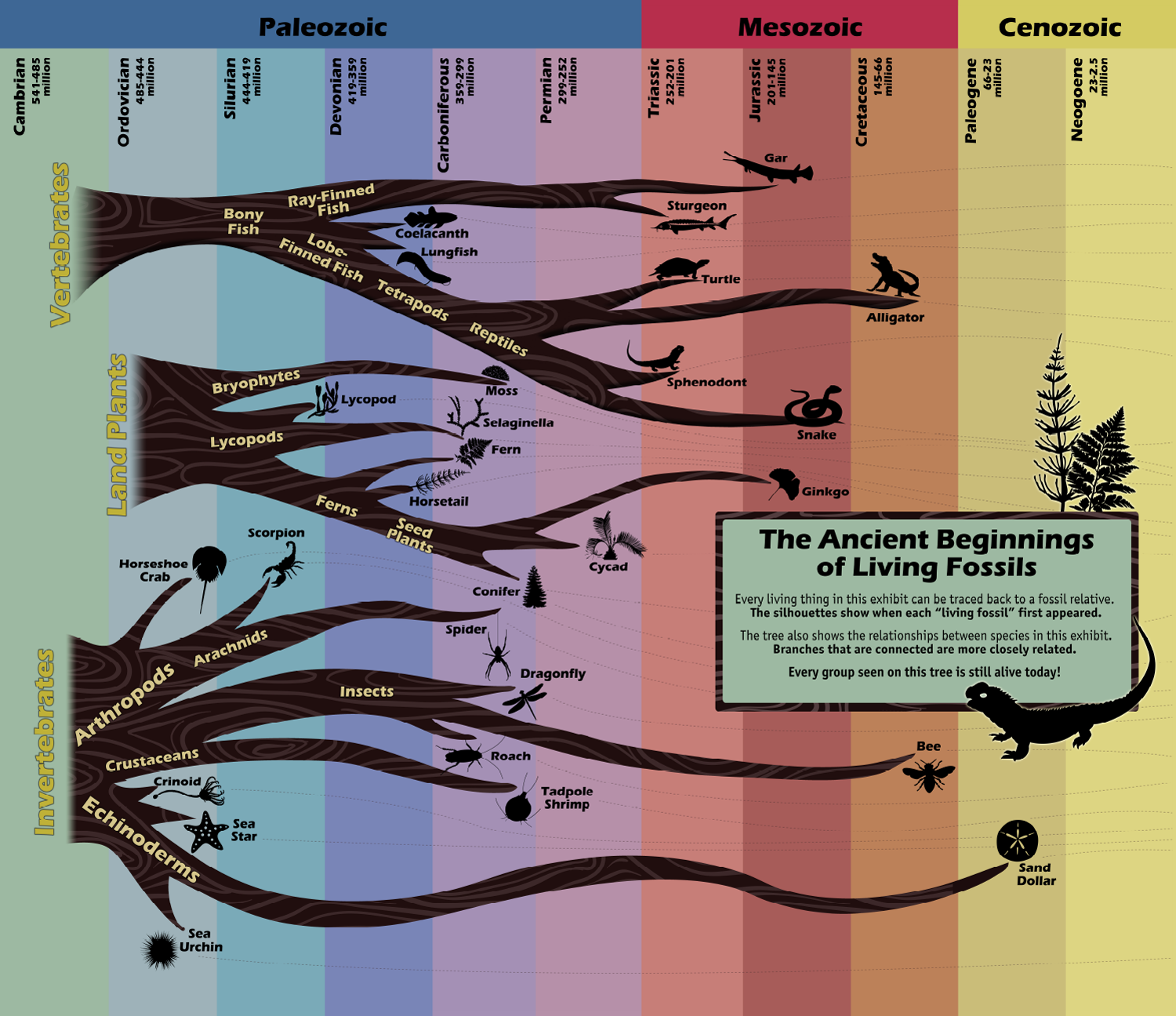
The ancient beginnings of living fossils. Every living thing in this virtual exhibit can be traced back to a fossil relative. The silhouettes in this diagram show when each "living fossil" first appeared. The tree also shows the relationships between species in the exhibit. Branches that are connected are more closely related. Every group seen on this tree is still alive today!
Living fossils are all look-alikes
The term “living fossil” was first used by Charles Darwin in his book “On the Origin of Species” (1859). It is not a technical scientific term, and is instead used to describe living species that closely resemble, their fossil relatives in their outer body shape. (This is the only feature that all “living fossils” share.) Many such species were known as fossils before living examples were discovered.
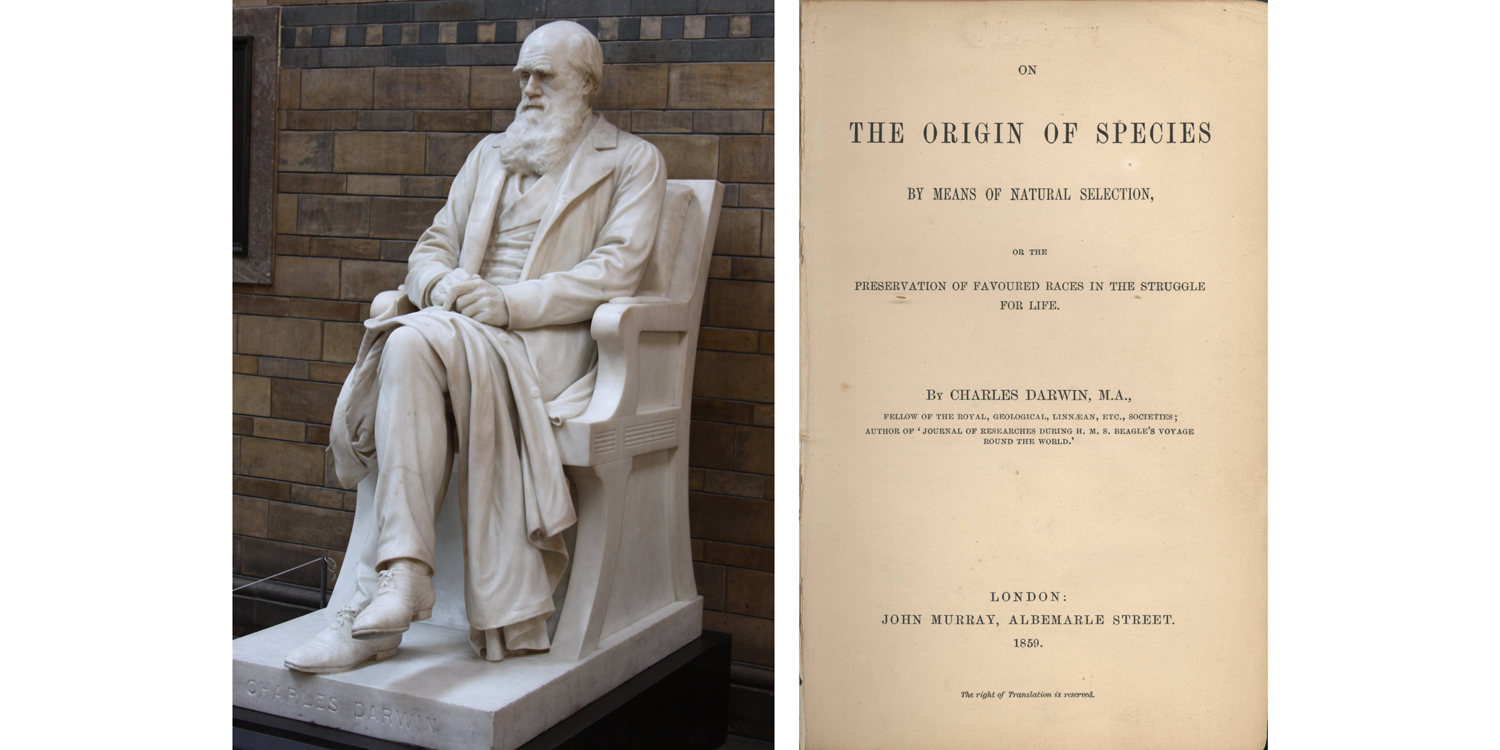
Left: Statue of Charles Darwin at the Natural History Museum, London. Right: Title page of On the Origin of Species.
Many living fossils are also...
Low diversity: Some “living fossils” are among a small number of surviving species of groups that were once more diverse. But this is not always true.
Geographic relicts: Some “living fossils” live in small habitats, in contrast to the broader geographic distribution of their ancestors. But this is not always true.
Rare: Some “living fossils” have very small populations, and some are even endangered species. But this is not always true.
Living fossils can be more than meets the eye
The term “living fossil” can reach beyond outward physical similarity. It can even refer to pieces of DNA shared by widely different species. The term thus includes a range of observations, at the core of which is the idea that evolutionary change does not always happen at the same rate, and sometimes, for some characteristics in some species, it barely happens at all. Why use it at all? When we study living fossils, we examine aspects of life that have remained extraordinarily stable over long periods of time. We can then explore and discover the possible reasons for this lack of change.
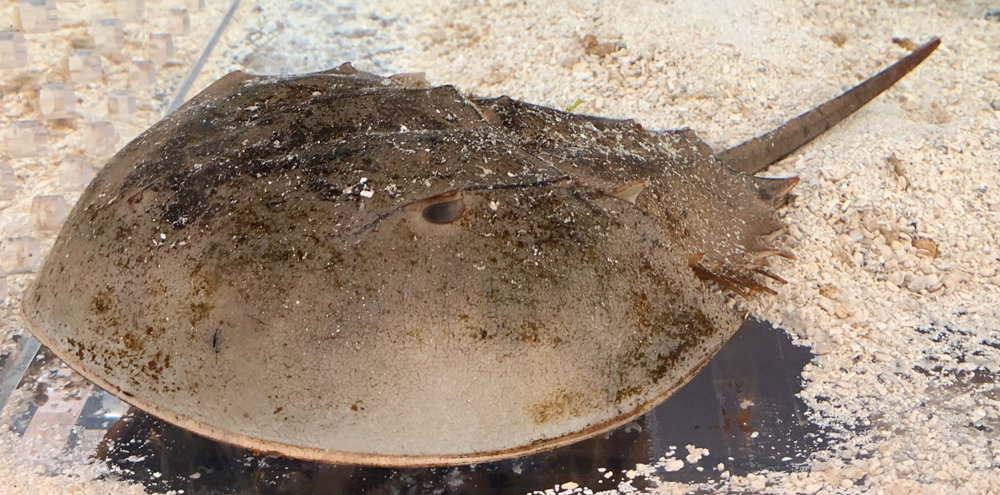
The horseshoe crab is a classic example of a "living fossil." Learn more about them here in this exhibit.
All “living fossils” have one thing in common: they are living species whose body form is conspicuously similar to extinct fossil relatives. They are not always rare, or geographically restricted, or the last remnants of a branch on the tree of life. And they are never completely “unchanged” from ancient relatives. In fact, they may belong to groups of species that have evolved rapidly in many ways.
Does that mean the phrase “living fossil” isn’t accurate or useful? Some scientists think that the term is misleading and should be avoided. Nevertheless, the term “living fossil” raises interesting questions about evolution.
-
It highlights that evolution does not happen in every aspect of every species all the time.
-
It causes us to ask why certain aspects of a species appear unchanged – sometimes many millions of years – while they have clearly evolved in other ways.
-
Finally, it reminds us that groups of organisms that were once diverse, widespread, and abundant frequently end up represented by just a small number, or even a single species, restricted to a narrow geographic range.
Do Living Fossils Evolve?
Not all aspects of an organism change at the same rate over millions of years. In most living fossils, major physical features have changed very little over long stretches of time. But evolution is still occurring! The lack (or very slow rate) of change during evolution can be as interesting as change itself. Both are part of the evolutionary process. But slow evolution raises questions:
Why do some features vary more than others?
Why do some species survive, while others die?
Every Species Is A Puzzle
Every species on Earth—including modern humans—is a mosaic of characteristics. Some species have changed very rapidly and others that have remained almost unaltered through long stretches of time. There are many possible reasons why a feature might not have changed during the course of evolution. You’ll see many of these possibilities explored throughout the exhibit.
Possible Causes of Slow Evolution
Environment
The species might live in an environment that has changed very little. Or, the ecosystem might have become smaller, and the species distribution shrunk with it. Such species are only found in rare environments called “refugia.”
Adaptability
The species’ original environment might have disappeared, but the species was able to find another suitable home. Or, the species is generalized and well suited for a wide range of environments, so it has not been changed much by natural selection.
Functionality
A species’ characteristics may not have changed because they were not particularly important to a species’ function in its environment. These features would not be targeted by natural selection because they do not affect the species’ ability to survive.
Exhibit contents
This virtual exhibit highlights examples of living fossils from organisms across the tree of life. Enter the exhibits below and get up close with nature's survivors.
Contents: Introduction | Microbialites | Plants | Echinoderms | Fishes | Reptiles | Opossum | Brachiopods | Mollusks | Horseshoe Crabs | Insects & Arachnids



